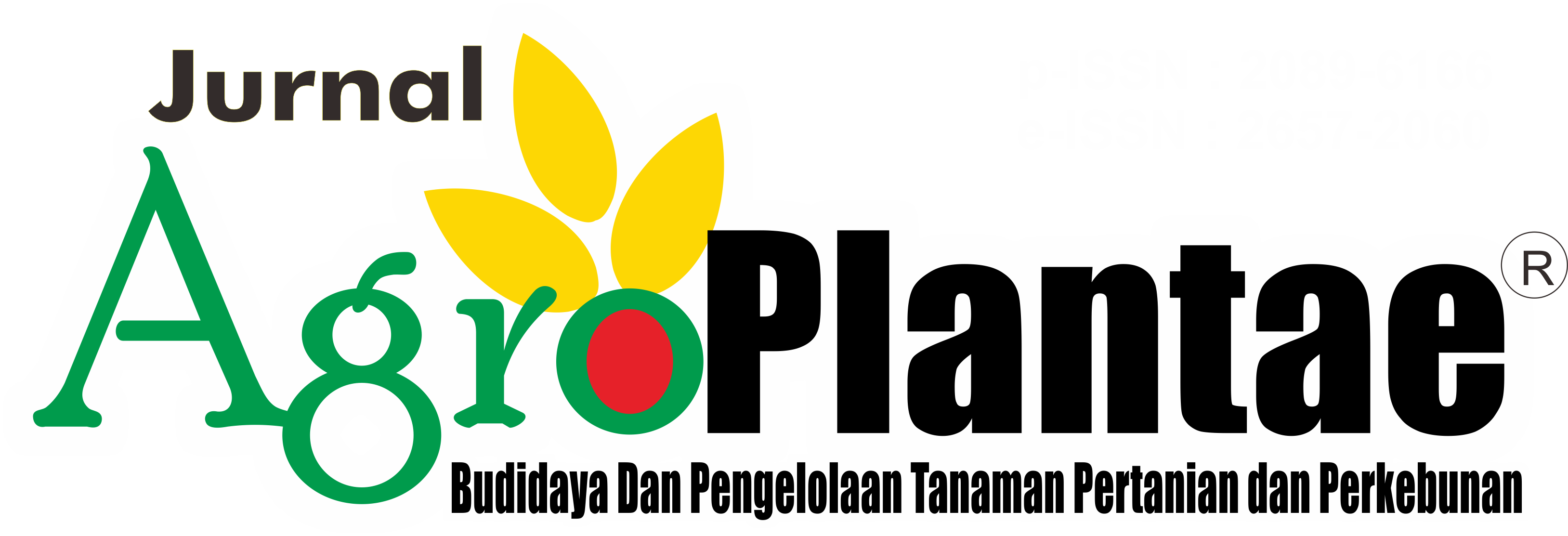DAYA ADAPTASI PERTUMBUHAN TANAMAN CABAI RAWIT PADA SISTEM AGROFORESTRI TANAMAN KARET
Abstract
The growth adaptability of cayenne pepper plant will be greatly influenced by the capacity of growth environment obtained in agroforestry systems or monoculture systems. This research aims to obtain data on the growth adaptability of cayenne pepper plant in rubber plant agroforestry system and compare it with monoculture systems. The research was located in Sumber Sari Village, Sebulu District, Kutai Kartanegara Regency. This research used two planting system treatments (P), it’s monoculture system planting (p1) and rubber plants agroforestry system (p2) with 6 plots as replicates each. The variables measured were plant height, number of leaves, age of plant started flowering. Data were analyzed using Independent Sample t-test with a significant level (α) of 5%. The results showed that the cayenne pepper plant had a plant height increase of 16.03 cm in the rubber plant agroforestry system and 15.37 cm in the monoculture system. The number of leaves of cayenne pepper in the rubber plant agroforestry system was 36 and in monoculture system was 37. The age of cayenne pepper started flowering in rubber agroforestry system was 39 day after transplanting and 35 day after transplanting in monoculture system. This result indicates that cayenne pepper has good adaptability to the rubber plants shade at the age of ≤ 3 years with a canopy cover of 40-60% in agroforestry systems. The growth adaptability of cayenne pepper plant in rubber agroforestry system went well and was able to adapt the same as the monoculture planting system.








